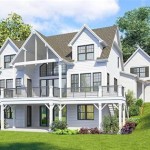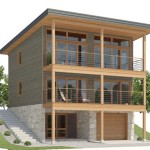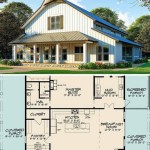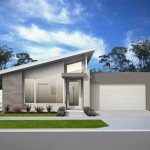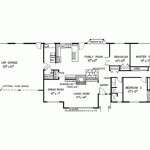Living on the slopes of a mountain can be an incredibly rewarding experience. The view, the serenity, and the connection to nature that mountain living can provide are all invaluable. But designing a mountain house plan can be a complex process. From navigating challenging terrain to considering potential environmental impacts, there are lots of important factors to consider.
Understanding Your Terrain
When designing a mountain house plan, it’s essential to understand the terrain of your site. Depending on the slope of the land, you may need to incorporate retaining walls or create a multi-level design. Additionally, your house plan should take into account the amount of sunlight your home will receive throughout the day, as well as potential snow accumulation in the winter.
Evaluating Your Resources
In addition to terrain, it’s important to consider the resources available to you when designing a mountain house plan. What type of materials will you use and where will they come from? Are there any restrictions or regulations that need to be taken into account? These questions will help you determine the feasibility of your plan and ensure that it meets local codes and regulations.
Creating an Environmentally Friendly Home
When living in a mountainous setting, it’s important to minimize your impact on the environment. Consider incorporating sustainable features into your design, such as solar panels, energy-efficient appliances, and natural lighting. Additionally, think about ways to reduce your water usage, such as using water-efficient fixtures and reusing greywater.
Choosing the Right Design
The design of your mountain house plan should reflect the unique characteristics of your site. Consider traditional styles of mountain architecture, such as log homes and cabins, as well as more modern styles that blend in with the surrounding landscape. Additionally, take into account the type of climate you’ll be living in, as this will determine the type of materials and insulation you’ll need.
Conclusion
Designing a mountain house plan requires careful consideration of terrain, resources, and environmental impacts. By understanding your site and incorporating sustainable features into your design, you can create a beautiful home that fits seamlessly into the natural surroundings.















Related Posts

